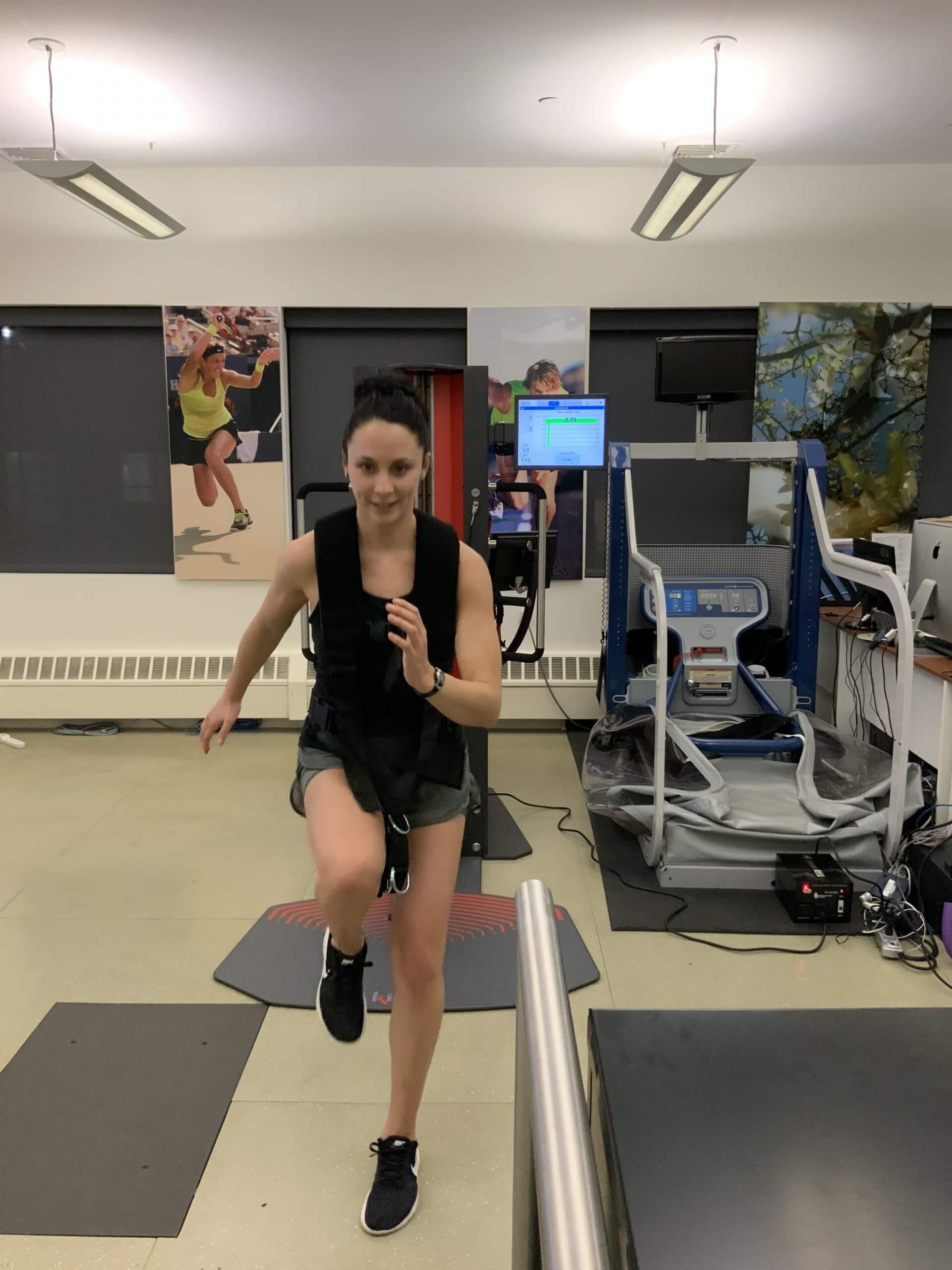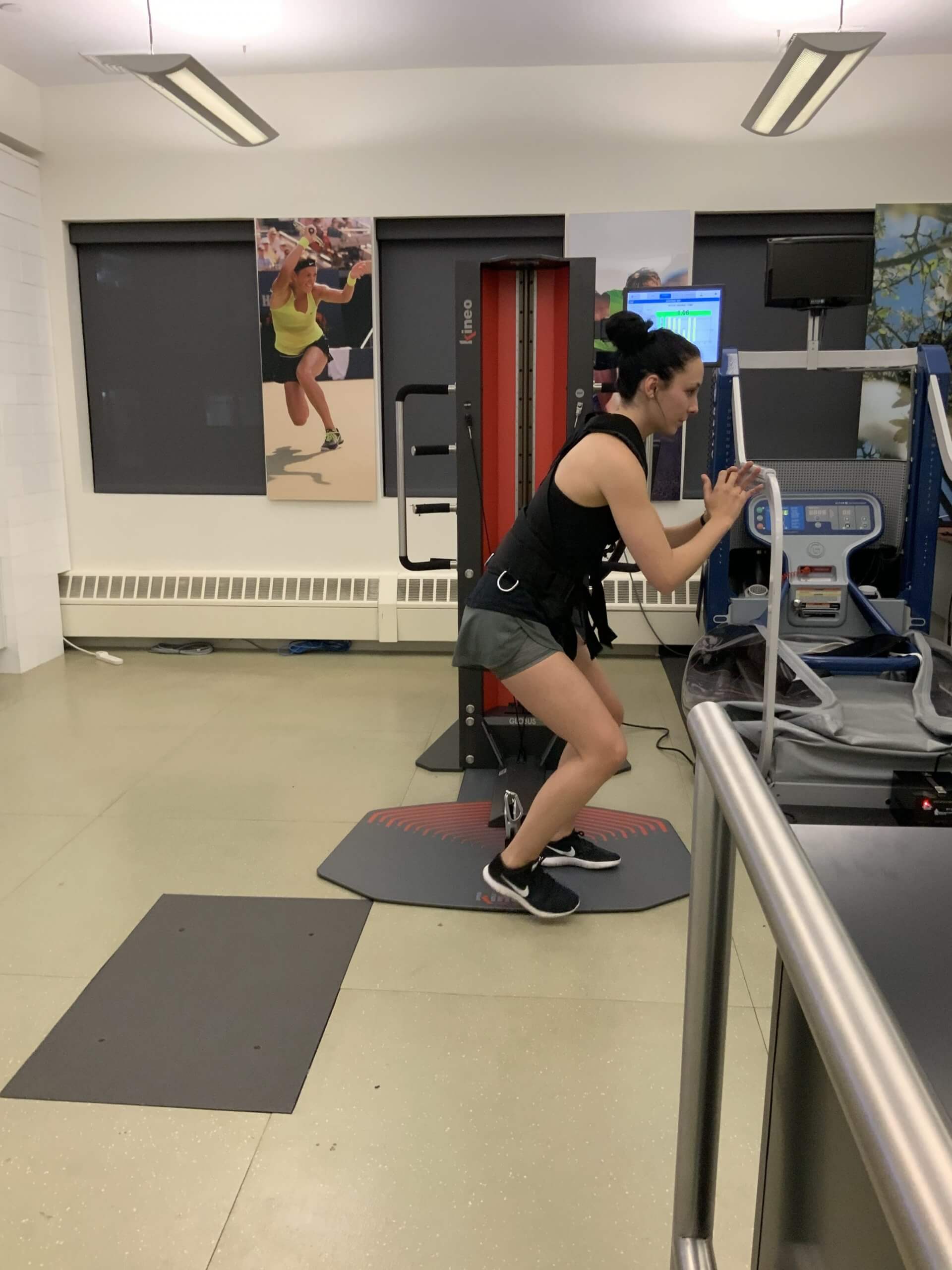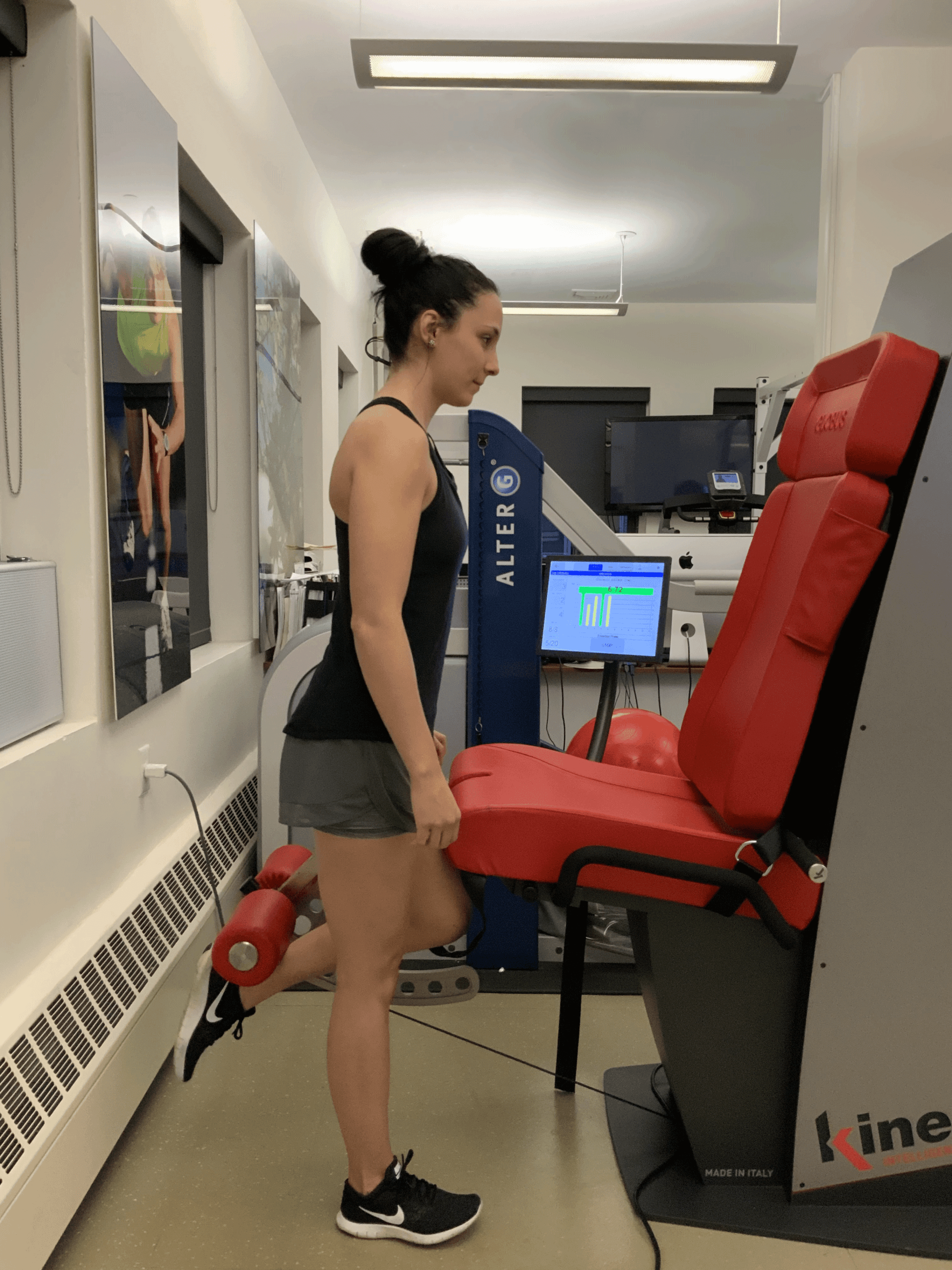Ever since running became a “thing” in the 1970s, shoe manufacturers have attempted to provide protective footwear that not only prevents injuries, but enhances performance. That era in history marked a shift in the athletic footwear market, as average people outpaced athletes as the primary consumers of running shoes.
Shoe technology has come a long way since the 70s, but has it actually reduced running injuries?
In the popular ‘80s movie, Forest Gump, Forest gets his first pair of running shoes as a gift, and wears them out with multiple cross-continental treks that make him famous. The shoes, an early iteration of Nikes, appear primitive compared to todays enhanced performance shoes with all their bells and whistles. But Gump’s runners may have been just as safe as the most expensive high-end shoes on the market today.
Changes in running shoe design over the past 30 years include:
- Lighter weight materials that “breathe”
- Shock absorbing gels, foams and air pockets
- Rigid arch supports and insertable orthotics
- Shoes designed for stability and motion control
- “Rocker” shoes to optimize gait
- Minimalist shoes for “barefoot” running
- Numerous tweaks and alterations meant to fine-tune shoe performance.
Despite dozens of innovations, the quest for the perfect protective running shoe is far from over. After hordes of studies and millions spent on R & D, it turns out that the incidence of running injuries has not changed over the past three decades, with about 50 percent of runners sustaining injuries each year.
Cultural trends have always had a say in fitness footwear fashion, and running shoes are no exception. Who can forget the mandatory white high-tops and scrunchy socks of the 80s aerobic dance craze? Or the ubiquitous Converse Chuck Taylors that migrated from the basketball court to the streets?
There is no denying the huge amount of social pressure, even among runners, to wear the “right” running shoes, as dictated by the latest trends. Nobody wants to be shoe shamed. Yet following trends can have adverse consequences, as was seen with the barefoot/minimalist craze of the early 2000s. Vibram, a minimalist shoe manufacturer who claimed the shoes would reduce injury and enhance performance, ended up with a massive class-action lawsuit to the tune of five million dollars, and minimalist shoe sales took a nose dive.
Despite conflicting opinions on what constitutes a “good” running shoe, there does seem to be some consensus among researchers that the best quality to look for in a running shoe is comfort. At the end of the day, the shoes don’t do the running — you do. Placing too much confidence in your shoes to protect you from injury can cause you to overlook fundamental biomechanical principles that increase your injury risk.
The best way to prevent running injuries is to improve your running mechanics. To run with greater efficiency, you should:
- Get a professional gait analysis to identify faulty movement patterns
- Work with a physical therapist to correct mechanical errors
- Train your whole body for strength and flexibility to improve your overall fitness level
- Get professionally fitted for running shoes that provide support, shock absorption and comfort.
Whether you are a running novice with minimal experience or a seasoned athlete with scores of races under your belt, a running gait analysis can help you run smarter and reduce your risk of injury.
The running lab at NYDNRehab offers the very latest technologies to analyze, diagnose and correct deficient running mechanics. Our state-of-the-art running gait toolbox includes:
- Surface electromyography
- Dual force plate technology
- 3D video capture technology
- Virtual reality training environment
Safe and efficient running does not stop at your shoes. Contact us today, and let the sports medicine team at NYDNRehab show you how to get the most out of your running, with the least amount of wear and tear on your body.


























































